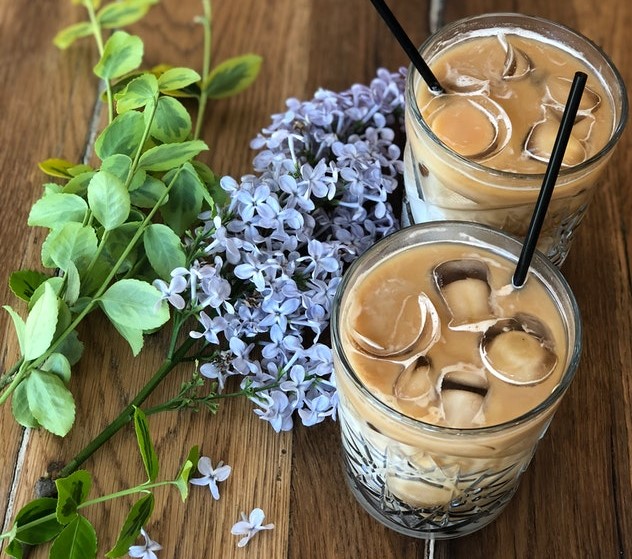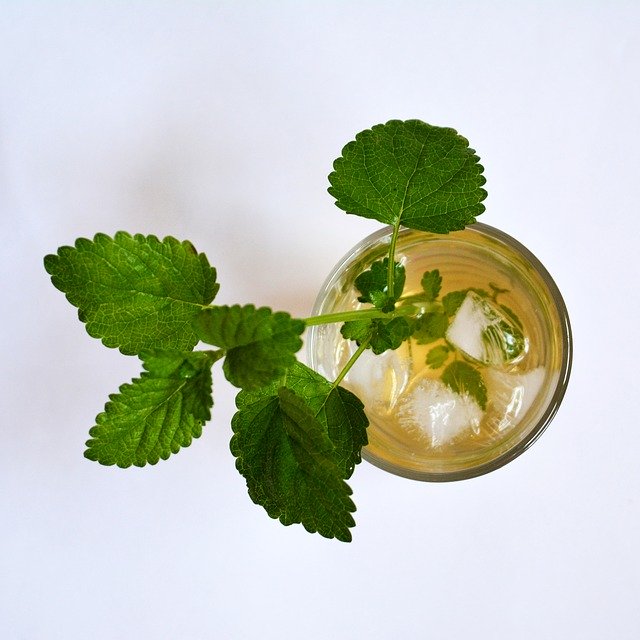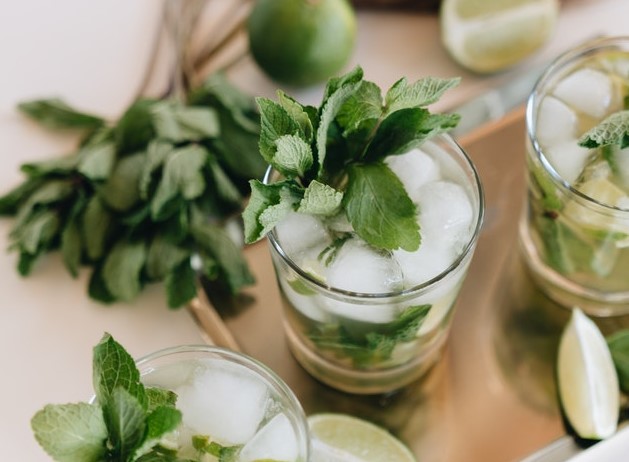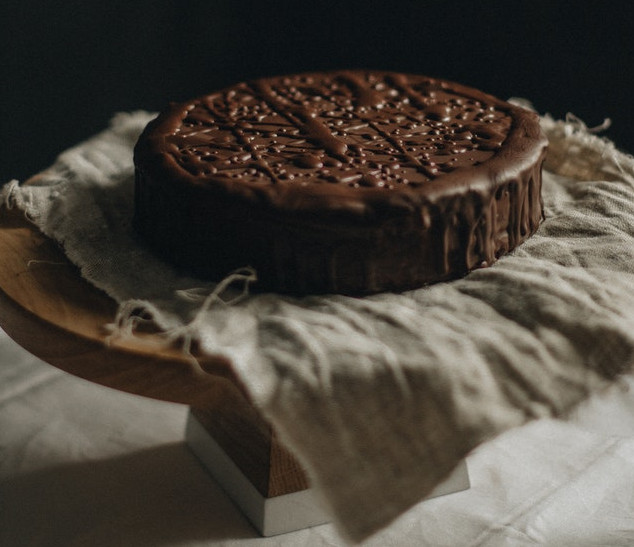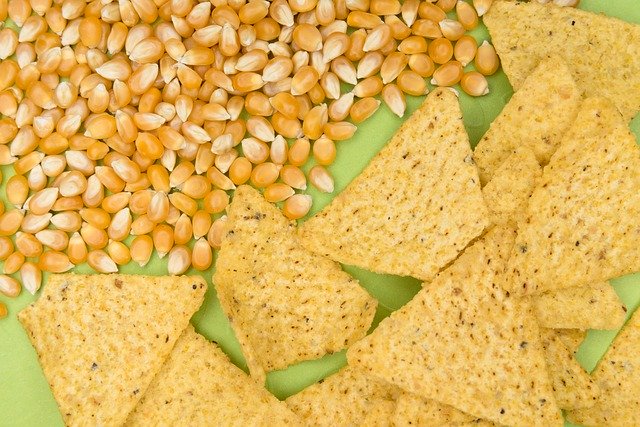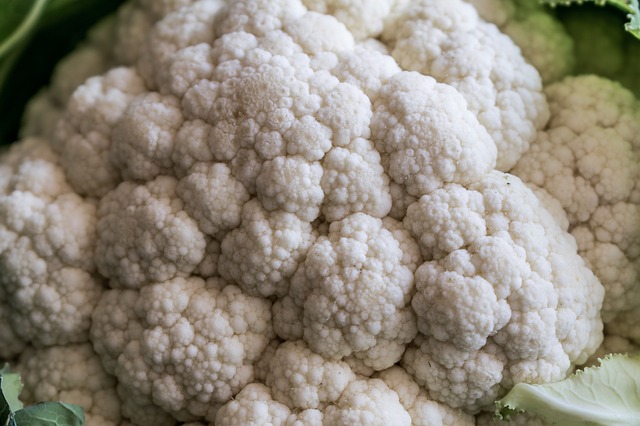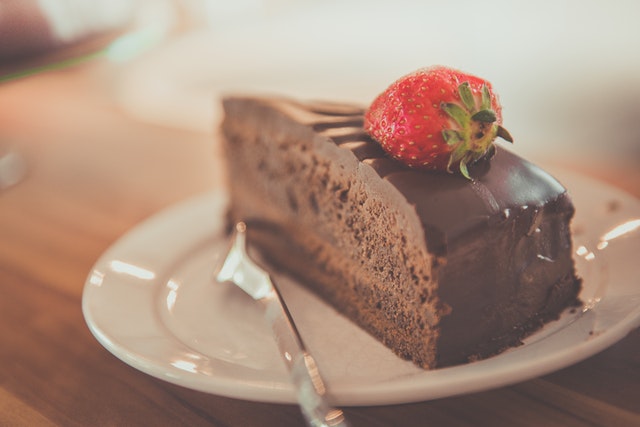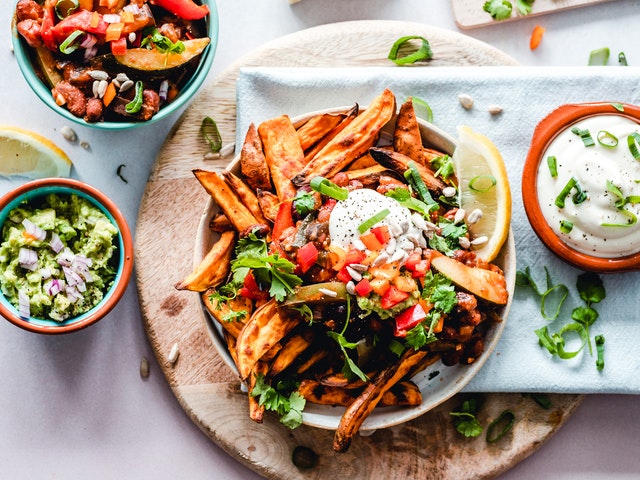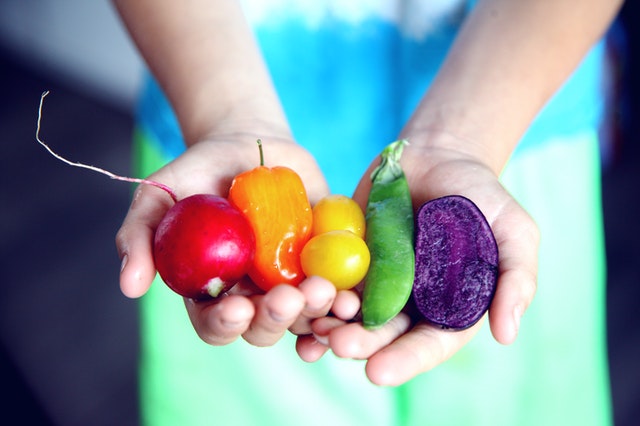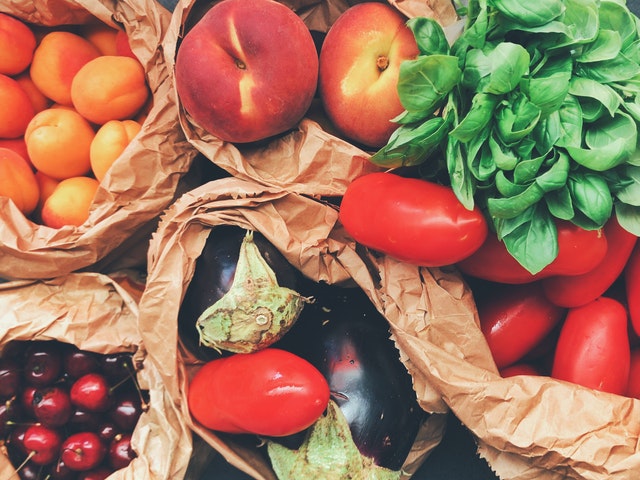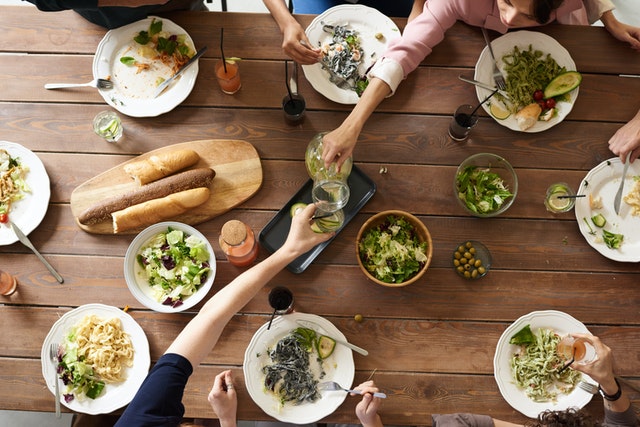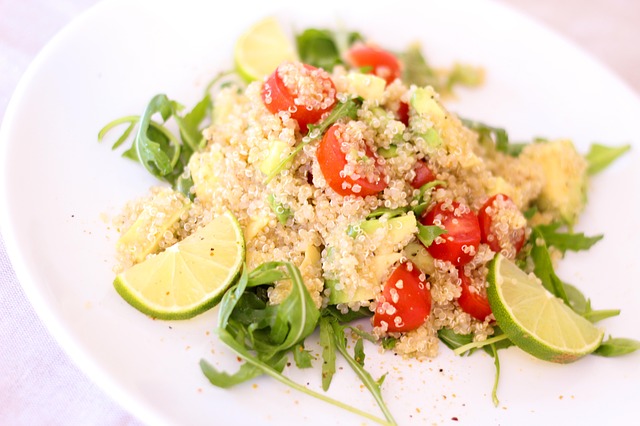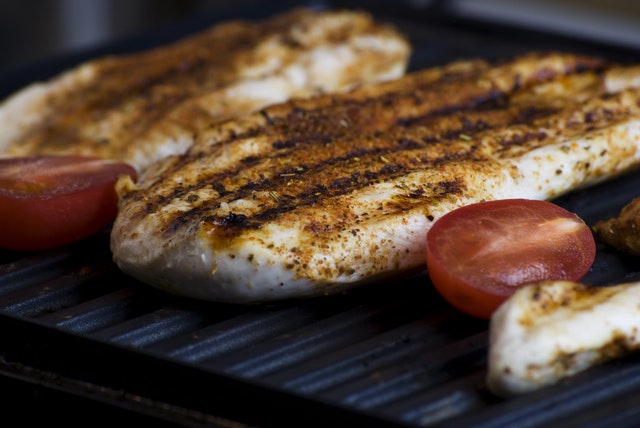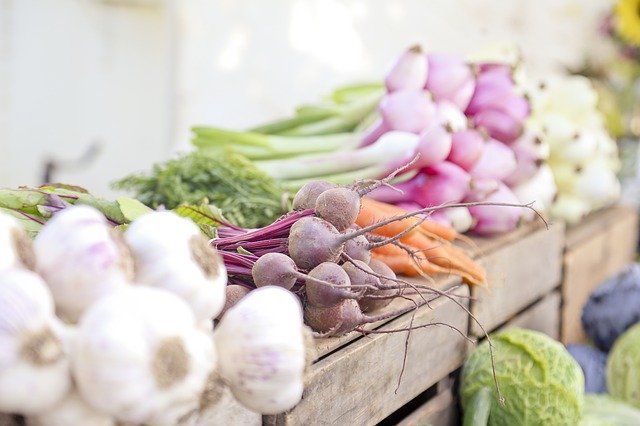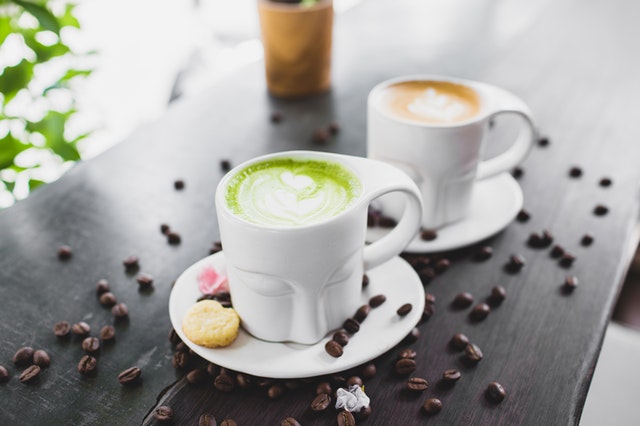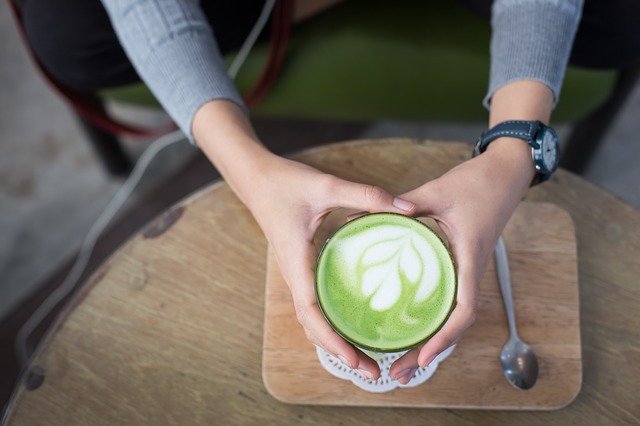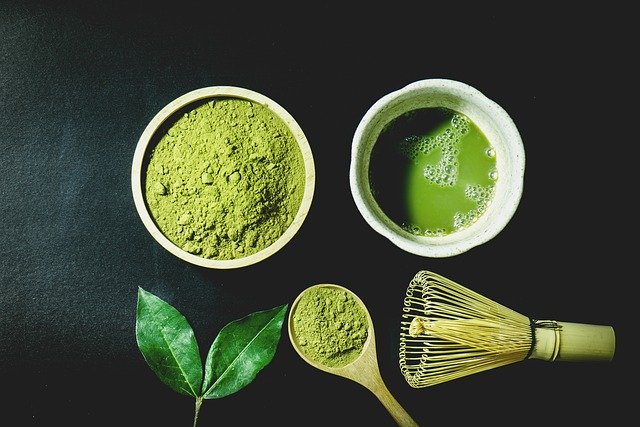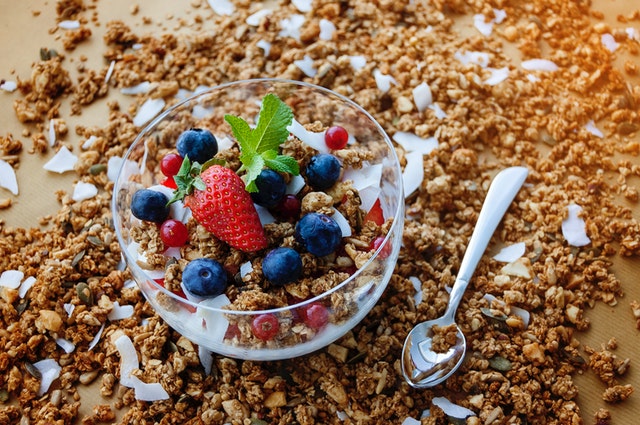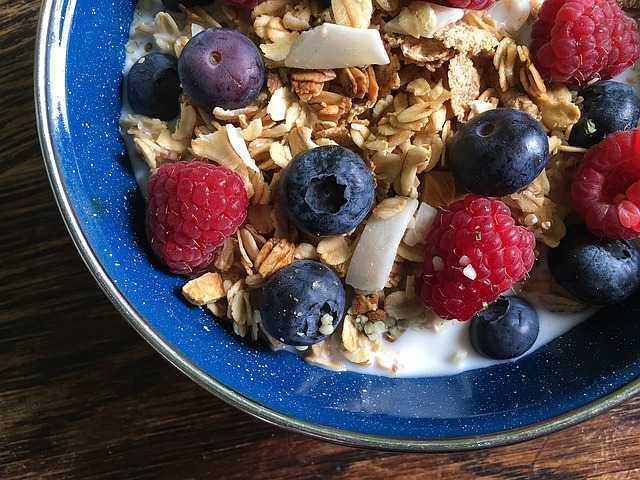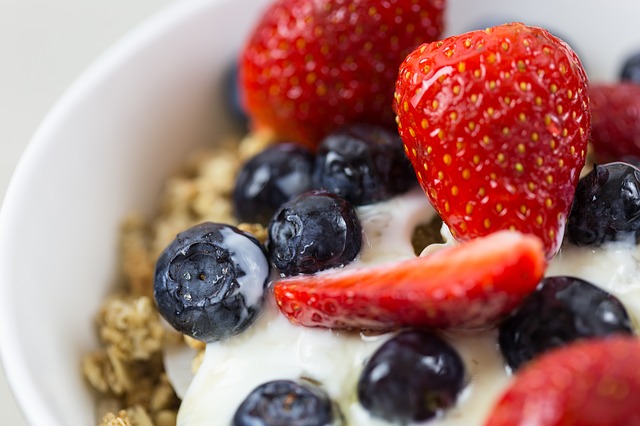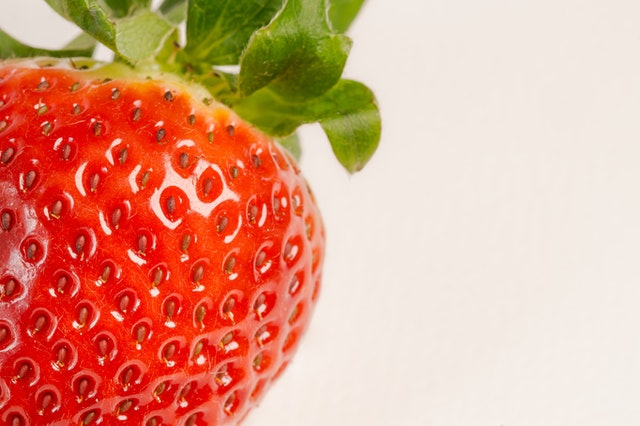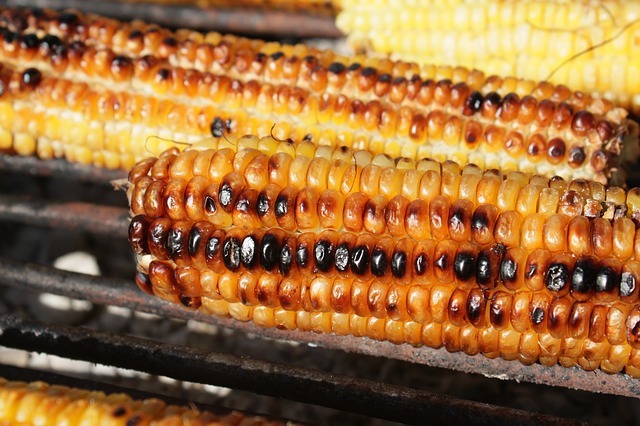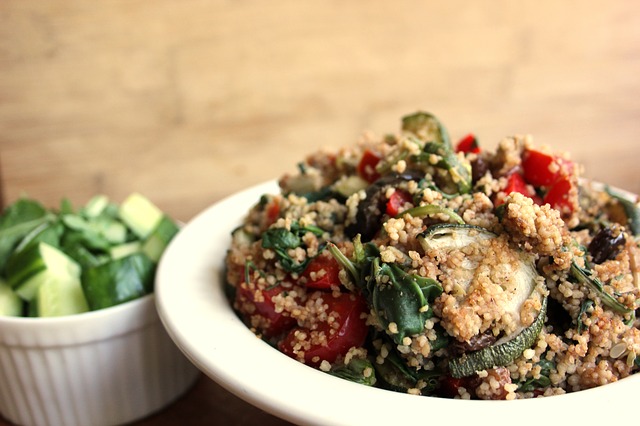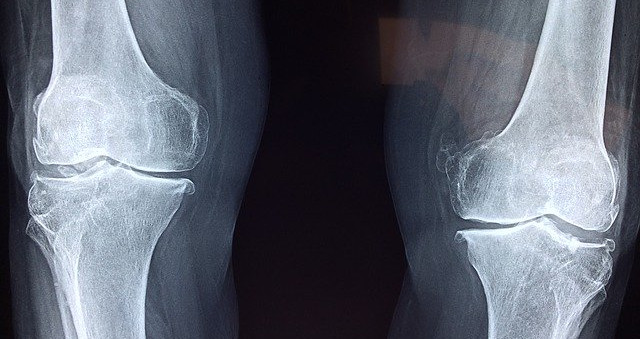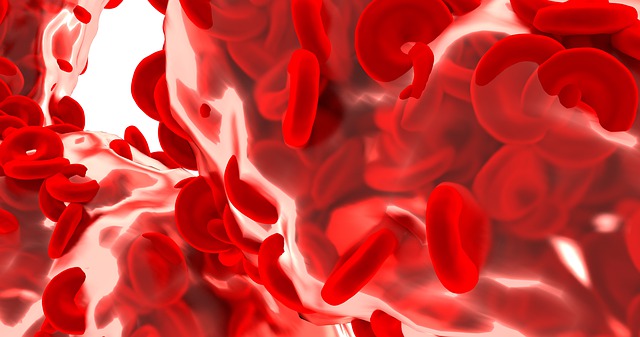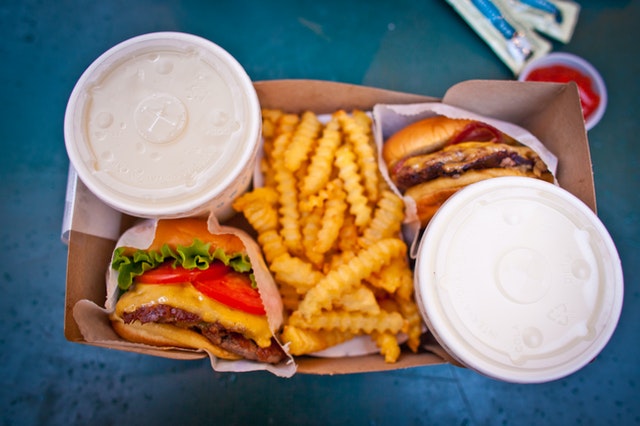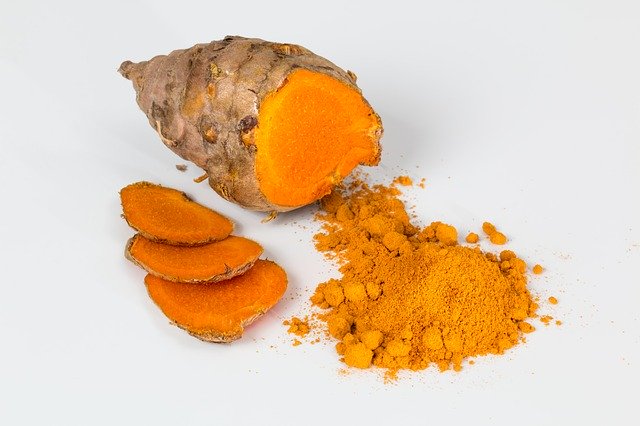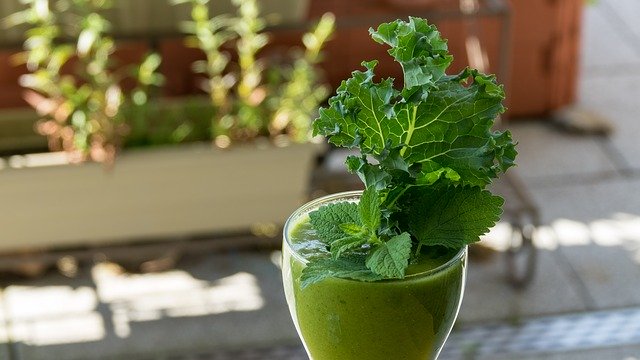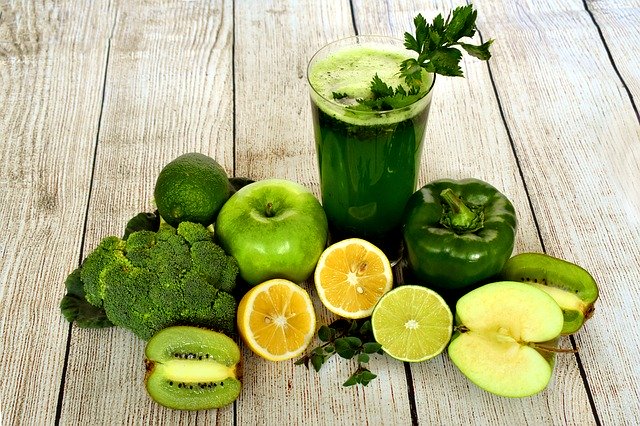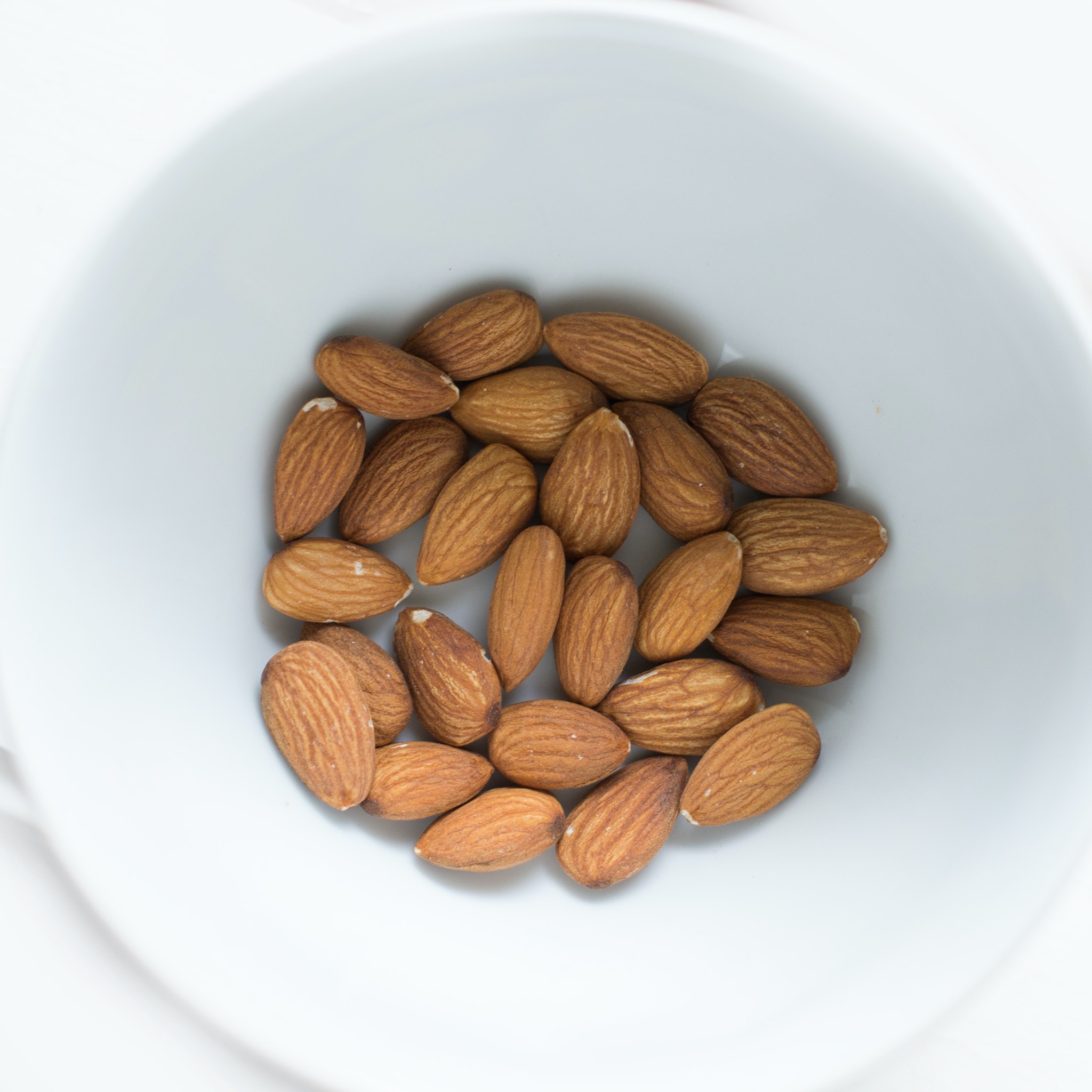A few years ago, I found out that some of the inexplicable aches and pains I was always feeling in my body were caused by chronic inflammation. After many months of constantly taking pain killers and not really knowing what to do about it, I also started to hear about other conditions and diseases that long-term inflammation can actually cause in the body. The next time I reached for that bottle of pain killers I really had to wonder if I was ignoring a problem that I really needed to fix. I wanted to find out what was going on and became determined to find a natural way to heal my chronic inflammation.
What is inflammation?
Inflammation is your immune system’s natural response to infection and injury. Your body increases blood flow to the area in order to deliver more healing and “invader-fighting” agents to the area. This can temporarily make the area more swollen, red and warm because the body is bringing more of the components needed to heal the wound and fight off germs. Without this process, the tissue would not get enough healing and protective agents, and the wound would not heal properly and get infected more easily. In this way, inflammation saves us from having major complications from cuts or injuries because it keeps infection from forming and heals the skin.
Normal Inflammation
Normally, the inflammatory response is a relatively short process of a few hours or days (depending on the size of the wound and the surrounding conditions). Once the body has sent more healing and protecting agents, the skin is repaired and the wound closes. The redness, swelling and tenderness usually go away soon after the process is complete.This is the acute immune response that reacts to anything from a mosquito bite to a broken bone. While localized swelling, redness and tenderness may be painful, they are a necessary side effect of the body’s healing response.
Long-term Inflammation
Yet in some cases like my own, this acute immune response went rogue. I was having persistent inflammation that lingered without truly repairing anything. This is called chronic inflammation, and it can persist for months or even years. It can become a very painful and debilitating condition all in itself. Some days I felt like I was “rusting” when I tried to walk up the stairs! The swelling can have a wide variety of effects on the body, including problems with digestion, cognitive function and joint mobility. As more research is being done, links have also been established between chronic inflammation and many diseases such as
- Cancer
- Heart Disease
- Daibetes
- Arthritis
- Depression and/or Anxiety
- Metabolic Syndrome
- Hyperlipidemia
- Alzheimer's disease
It is becoming ever more clear that long term inflammation can be quite destructive in the body.
Foods that Cause Inflammation and Why
There are several factors that can contribute to chronic inflammation, including long term exposure to irritants like certain foods or chemicals, autoimmune disease, and underlying infection in the body. Once major disease or infection have been ruled out as a cause, I found that your diet is the best place to start looking for answers!
It turns out that overly processed, greasy and sugary foods can cause the body to release inflammatory messengers called cytokines. These messengers will encourage the body to build inflammation without a real injury or infection. Over time, this can turn into chronic inflammation. Studies have shown that changing what you eat can be an effective way to heal chronic inflammation and start to correct the body’s immune response. There are several foods which can cause chronic inflammation in the body:
- Red meat like burgers and steak
- Sugary drinks or foods like sodas or chocolate bars
- Fried foods like fries or doughnuts
- Refined carbohydrates like breads and pastries made of white flour
- Margarine, shortening or lard
- Processed snacks and treats like chips, cookies or crackers
Unfortunately, these culprits seem to be repeat offenders when it comes to being bad for our health. Many nutritionists have already had these foods on their “naughty” list for years. I know I was guilty of indulging in more than just a few!
Foods that Heal Inflammation
The good news is that many of the foods that have anti-inflammatory properties are also dense in nutrients and have many other positive side effects on your health. These rock-star foods include:
- Spices high in polyphenols and antioxidants like turmeric and clove
- Green Leafy Vegetables like spinach, kale and chard
- Olive oil (not mixed with other oils)
- Tomatoes
- Nuts like almonds and walnuts
- Fruits and berries like blueberries, cherries and oranges
The foods on this list are high in natural antioxidants and polyphenols, which together, act in the body to reduce inflammation and protect the tissue of the body. This means that over time, these compounds can help heal chronic inflammation and protect the body from further damage.
Targeting Inflammation with Supplements
I found that while changing my diet was a vital part of finally combating my chronic inflammation, I could only eat so much kale in a day! In order to really target my inflammation in a natural way, I started using a concentrated form that is high in polyphenols to kickstart my healing process fast. Research shows that one superstar supplement can help combat oxidative and inflammatory conditions like chronic inflammation, chronic pain, metabolic syndrome, arthritis, anxiety, hyperlipidemia and more.
This superfood is Turmeric. It’s a yellow spice often used in Asian cooking, and it happens to be an extremely high source of the polyphenol curcumin. This active ingredient has been shown to target the inflammatory response in the body and help reverse chronic inflammation. Because it can be easily concentrated into supplement form, it was finally easy to get enough active ingredient to target my chronic inflammation in a natural way!
